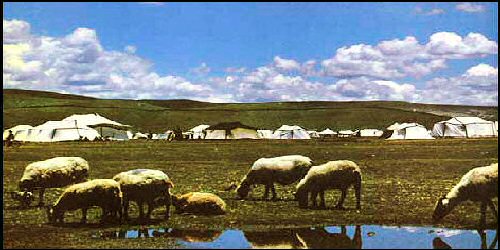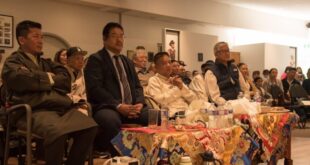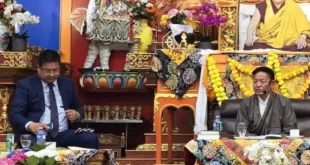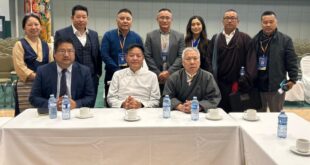Geneva, 16 March: “As people (Tibetan nomads) are moved to urban areas, there is very little primary source of employment resulting in urban poverty,” said Prof. Andrew Fisher, a Senior Lecturer at the Institute of Social Studies in the Hague. He is a specialist on issues of population, poverty and social policy, and development economic.
Prof. Fisher expressed concern for the uprooted nomadic communities from their tradition homes and moved to urban areas during a briefing on the Human Rights Situation in China: Impact of policies on Tibetan Nomads organized by two NGOs at the 16th Session of the UN Human Rights Council in Geneva yesterday.
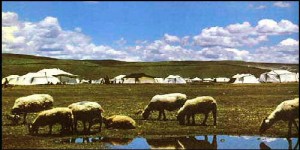
“There is also Han Chinese migrants moving to urban areas (in Tibet) where the economic is dominated by the Chinese,” he said. “There is a competition between the two groups for urban employment. The Tibetans have to compete with Chinese migrants.”
Mr. Jamyang Tsetrin Gyaljong, a former political prison from Amdo province in Eastern Tibet said, “The Chinese are forcing a change on traditional way of life of Tibetan nomads without any proper planning for both the older and younger generation.”
The former UN Special Rapporteur on the right to adequate housing Mr. Miloon Kothari said that the forced eviction leads to marginalization especially of children and women. He questioned as to why one particular community suffers more.
On 8 March, the UN Human Rights Council discussed Olivier de Schutter, the Special Rapporteur on the right to food’s preliminary report issued after visiting China from 15 to 23 December 2010.
The Special Rapporteur report said, “Nomadic herders in the western provinces and autonomous regions, especially in Tibet (Xizang) and Inner Mongolian Autonomous Regions, also face increasing pressure on their access to land.”
The report said that herders should not, as a result of the measures adopted under the tuimu huancao (restore grassland) policy, be put in a situation where they have no other options than to sell their herd and resettle.
During the debate, the European Union expressed its support for the Special Rapporteur’s recommendations to the Chinese authorities to engage in meaningful consultations with herding communities, including in order to assess the results of past and current policies, to examine all available options in order to combine the knowledge of the nomadic herders of their territories.
Mr. Tenzin Samphel Kayta speaking on behalf of the Society Threatened Peoples last week drew the attention of the Council about a China’s Xinhua News agency report dated 17 January 2011 quoting Mr. Padma Choling, Chinese-appointed governor of Tibet saying that a total of about 300,000 families involving 1.43 million Tibetan nomads and farmers had been moved into new or fixed settlement homes. He further said that some 185,500 families were expected to move into new homes by 2013.
The Hungarian Ambassador Andras Dekany speaking on behalf of EU said on 14 March, “The rights of persons belonging to ethnic and religious minorities, notably in Tibet and Xinjiang, need to be fully respected in accordance with the Chinese constitution and international standards.”
Germany called on “China to guarantee freedom of opinion and express in its minority regions, in particular in Tibet and Xingiang, together with the protection of all human rights it has committed to as an international obligation.”
Mr. Jigme Norbu, an Environmental Researcher from the Central Tibetan Administration, Dharamsala, India expressed Tibetans concern about Tibet’s fragile environment during the briefing.
“Glaciers on the Tibetan Plateau are melting at a rate of 7 per cent annually,” he said. “If the current rate continues 2/3 of the glaciers on the plateau will be gone by 2050. By 2100 all the glaciers will be gone.”
To highlight the concern, he showed pictures the Rongbuk glacier near Mount Everest receding dramatically over the years. Many international environment experts refer Tibet as the Third Pole because of the vast glacier. The Tibetan Plateau has more than 46,000 glaciers and all major 9 Asian rivers starts in Tibet.
